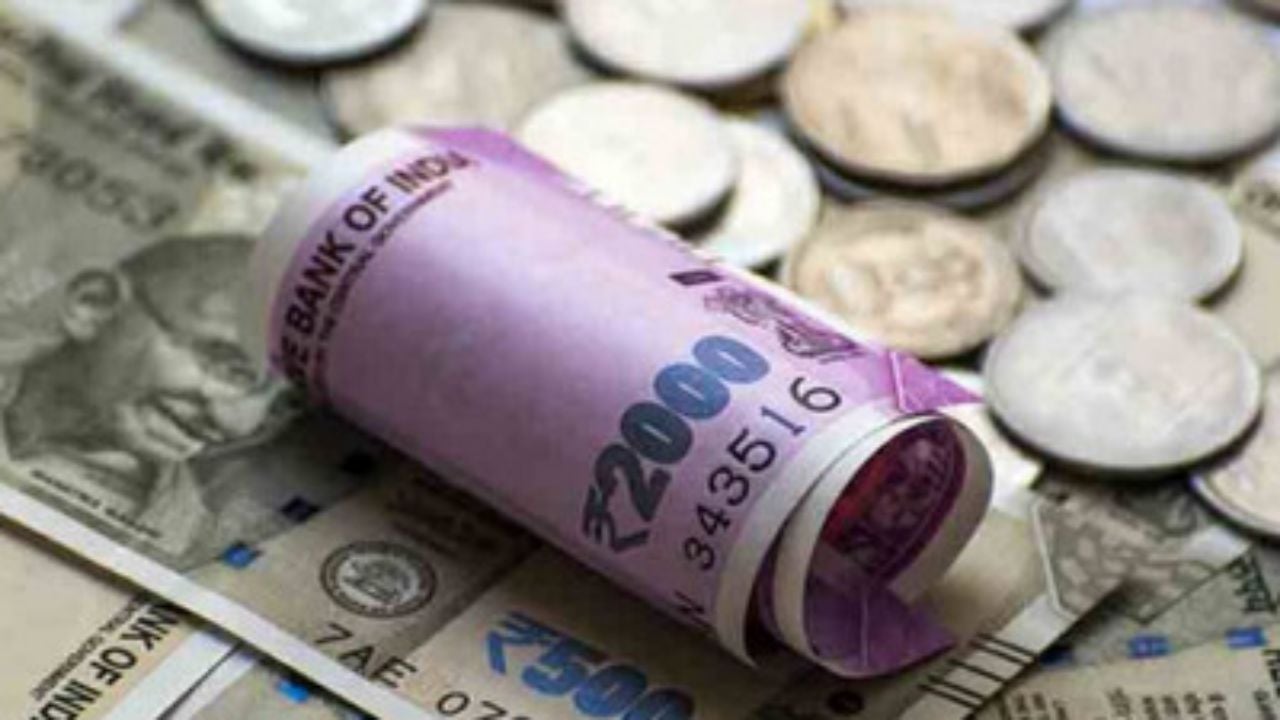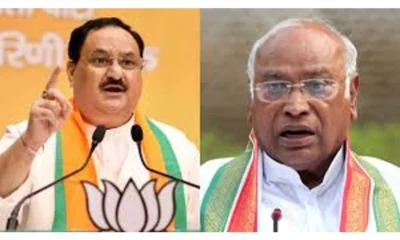Economy news
Significance of regulation in real estate sector post RERA and IBC amendments

Economy news
Financial changes effective from September, Aadhaar update, nomination deadline for demat account
Some changes will take effect on the first day, while others will be implemented later in the month. This list will affect people’s finances.
Economy news
India will remain on similar growth curve till 2030, expect well behaved inflation this fiscal: CEA
Chief Economic Adviser (CEA) V Anantha Nageswaran on Tuesday projected that India’s economy was poised to do better and expected to grow at 6.5-7 percent till the end of the decade.
Economy news
India a bright spot amid projected decline in global growth: IMF
The International Monetary Fund (IMF) has projected India’s growth to dip slightly from 6.1 percent to 6.8 percent during the current fiscal year ending on March 31. IMF also expects some minor slowdown in the Indian economy in the next fiscal year.
-

 India News24 hours ago
India News24 hours agoParliament winter session: Government lists 15 bills, including Waqf bill
-

 India News5 hours ago
India News5 hours agoCanada fact checks own media, rejects report claiming PM Modi knew of Nijjar murder plot
-

 Featured2 hours ago
Featured2 hours agoDelhi Convention Centre: Why is The Zora Convention Centre built at Delhi’s Lodhi Road special?
-

 India News4 hours ago
India News4 hours ago10 Naxalites killed in encounter in Chhattisgarh’s Sukma
-

 India News4 hours ago
India News4 hours agoIndian Navy submarine collides with fishing boat near Goa coast, 2 fishermen missing
-

 India News3 hours ago
India News3 hours agoAhead of Delhi Elections, Arvind Kejriwal launches Revdi Par Charcha campaign to seek feedback on freebies
-

 India News3 hours ago
India News3 hours agoRahul Gandhi says air pollution in North India a national emergency, tourism declining, global reputation crumbling
-

 India News2 hours ago
India News2 hours ago3 dead, 9 hospitalised after gas leak at fertiliser plant in Maharashtra























